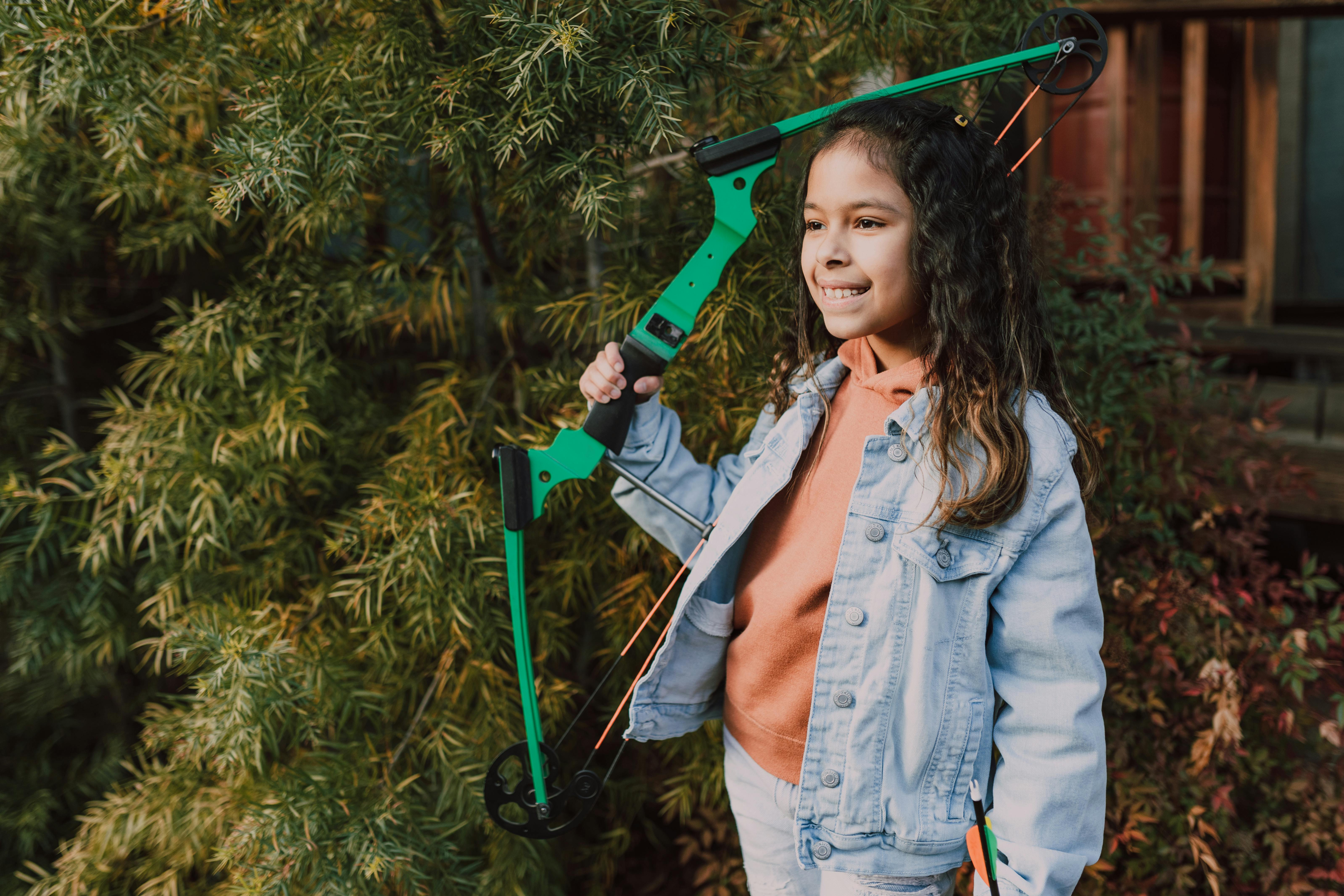Tips for stretching piercings and sizing your earlobes
The following tips on stretching piercings are specifically aimed at measuring earlobes, where earlobe piercings can be enlarged to very large sizes to incorporate many different types of ear jewelry, including amazing ear tunnels. meat.
Stretch piercings have been popular in many civilizations throughout history, taking many forms, from measuring the earlobes to piercing the labret and septum. In the first periods of history the materials used were wood, stone, bone, horn, shells, claws and claws, molded and carved to facilitate the stretching of the piercings.
The earliest known incidence of humans measuring earlobes was discovered in 1991, on a glacier in the Otztal Alps between Italy and Austria, where a 5,300-year-old mummified body with tattoos and a lobe piercing was found. of the ear between 7 and 11 mm in diameter. Although the method used was known for certain, this may have been accomplished by a method known as dead stretching, where progressively larger ear jewels are forced through the hole that gradually increases in diameter.
Preparation
In preparation for the measurement, make sure you have a good unscented antibacterial soap. Next, you will need a solution of sea salt: make this by using three tablespoons of salt in enough water to dissolve it, and at least enough to bathe the earlobe. Never use hydrogen or any other peroxide as an antiseptic; the soap and salt solution is sufficient.
You will also need some lukewarm water to bathe your ear before each ear lift phase, or you could alternatively take a warm shower first. This softens the ear and helps prevent skin tearing / scarring that could lead to bleeding.
Finally, you will need some lubricant – avoid petroleum jelly or any other mineral oil or petroleum-based lubricant. Most piercing tightening tips recommend emu and jojoba oil, each of which offers mild antiseptic and skin-conditioning properties while acting as a perfectly adequate lubricant.
Measurement of the earlobes
When stretching piercings, the two recommended methods are the tapered method and the Teflon method. The tapered method involves inserting a tapered rod or pin into the hole, the narrow end being the same gauge as the hole and the wider end one gauge down. The size of the cone is that of the desired drill gauge. So if your piercing is 16g, the taper will be 14g, with a range of 16-14g. These equate to 1.2mm to 1.6mm.
Never use a type more than one step down. However, since drill gauges are always even numbers, one step down is 16g to 14g or 12g to 10g. Also, as the gauge figures decrease, the actual diameter increases. So while 16g is 1.2mm, 10g is 2.4mm.
There are several different types of taper, including a tapered pin in ear jewelry, so you simply insert the ear jewelry tapering from your current gauge to your new one. The problem here is that a fully tapered pin will not stretch the ears evenly; the pin must be the same diameter throughout, or its piercing could also be stretched with a cone.
To overcome that, you can use an insert rod, which is about a 3-inch tapered rod. After warming your ears with lukewarm water or showering and washing them with antibacterial soap, apply the lubricant to the cone and work slowly. Once you reach the thicker end, follow it up with the new size ear jewelry and you’re done. Wipe off excess lubricant and clean the ear with antibacterial soap and then a little saline solution.
An even safer way is to wrap a layer of non-sticky Teflon tape around the ear jewelry plug and push it through the earlobe. If you can see any gaps when you pull the ring then you can safely do so. Wait until the ear has accepted it, then do it again, and so on until you have reached the new size, when you can wear larger ear jewelry.
If there has been any severe pain or bleeding from the piercing, you should stop immediately and allow the piercing to heal properly before trying again. If you try to stretch your piercings too soon, before they are fully healed, you can tear the skin and even have a blowout, making it difficult to stretch again.
Earlobe Measurement: Aftercare
Aftercare when measuring earlobes is pretty straightforward. It shouldn’t be so much a matter of caring after a piercing until it heals, but rather keeping it clean and turning the jewelry back in size from time to time. You are waiting until the ear has permanently accepted the new hole size, so perhaps you can change the hole diameter one more time. Stretched skin should be allowed to thicken and harden; Give about three times longer than your original piercing took to heal. If you want to use a meat tunnel, you can continue stretching the piercings until the diameter reaches an appreciable size.
If done correctly and following the tips above, stretching your piercings is safe and relatively easy to do. Many extend the diameter of their piercings this way, and measuring the earlobes is probably the most popular form of piercing stretching done right now. Take your time; waiting is hard, but if your ear isn’t ready for the next stretch, it’s likely to be damaged.



